Advertisements
Advertisements
Question
Using Euler’s formula, find the values of a, b, c and d.
| Faces | a | 5 | 20 | 6 |
| Vertices | 6 | b | 12 | d |
| Edges | 12 | 9 | c | 12 |
Solution
| Faces | a | 5 | 20 | 6 |
| Vertices | 6 | b | 12 | d |
| Edges | 12 | 9 | c | 12 |
(i) a + 6 – 12 = 2
⇒ a = 2 – 6 + 12
= 14 – 6
= 8
(ii) b + 5 – 9 = 2
⇒ 6 = 2 + 9 – 5
= 6
(iii) 20 + 12 – c = 2
⇒32 – c = 2
⇒ c = 32 – 2
⇒ c = 30
(iv) 6 + d – 12 = 2
⇒ d – 6 = 2
⇒ d = 2 + 6
= 8
RELATED QUESTIONS
The given Figure are prisms or not?
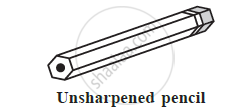
The given Figure are prisms or not?
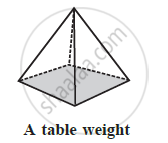
The given Figure are prisms or not?
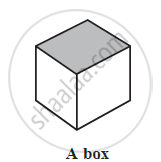
How are prisms and cylinders alike?
Is a square prism same as a cube? Explain.
Verify Euler’s formula for given solids

Verify Euler's formula for the following polyhedron:

Name the polyhedron that can be made by folding net:
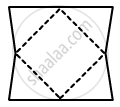
Match the following figure:
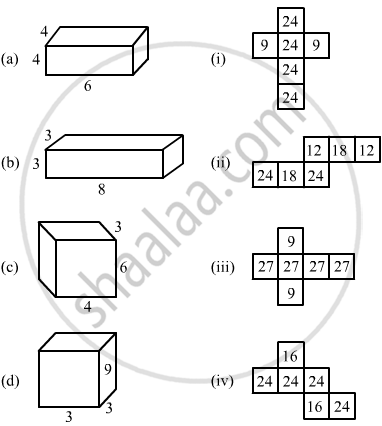
If a polyhedron has 10 vertices and 7 faces, find the number of edges in it.
Dice are cubes where the sum of the numbers on the opposite faces is 7. Find the missing numbers a, b and c.

Draw at least three different nets for making a cube.
The figure, given below, shows shadows of some 3D object when seen under the lamp of an overhead projector:
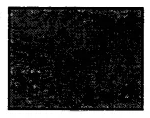
A rectangle
In this case, name the object.
The following figure, given below, shows shadows of some 3D object when seen under the lamp of an overhead projector:

Verify Euler’s formula for the table given below.
| Faces | Verticles | Edges |
| 12 | 20 | 30 |
Verify Euler’s formula for the table given below.
| Faces | Vertices | Edges |
| 20 | 13 | 30 |
Using Euler’s formula, find the unknowns.
| Faces | Verticles | Edges |
| 20 | 10 | ? |
A solid figure with only 1 vertex is a ______.
The number of edges in a parallelogram is 4.
How many faces does the following solid have?
Hexahedron
How many vertices does the following solid have?
Cone
How many vertices does the following solid have?
Octagonal Pyramid
How many edges does the following solid have?
Hexagonal Prism
All faces of a pyramid are always ______.
A cylinder has no vertex.
